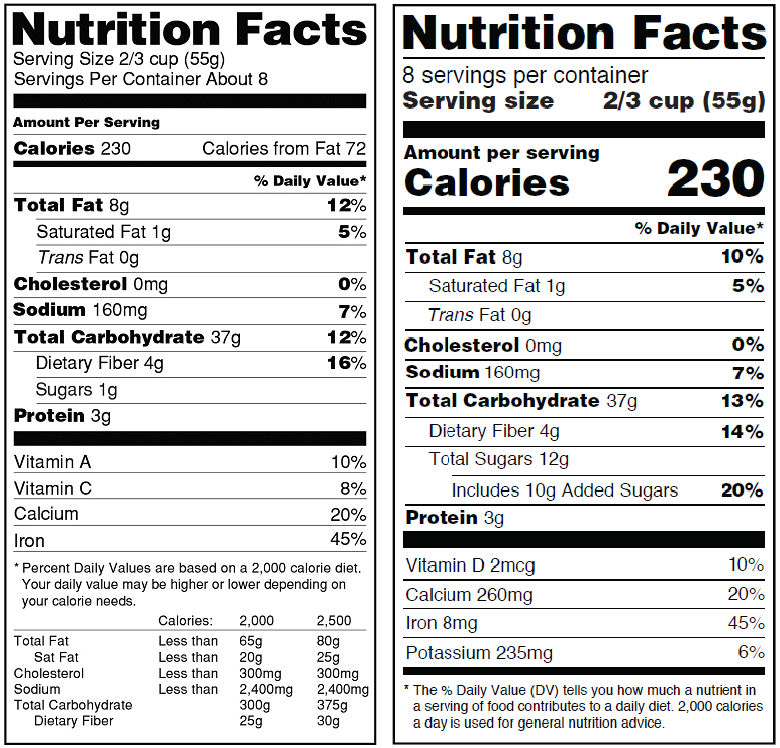LatinaLista — Science tells us that evolution is a natural process. However, it’s one thing when evolution is for the good of the species by ensuring “survival of the fittest,” versus an evolution that merely accommodates bad habits.
A report in 2014 by the Trust for America’s Health and the Robert Wood Foundation found that Americans today are 24 pounds heavier than in 1960. Over the last few years, the Obama administration, under the leadership of First Lady Michelle Obama, has tried to put the country back “on track” to a healthier lifestyle.
One way has been to make us all conscientious about what we eat. It started with requiring fast food restaurants with 20 or more locations to post calorie counts on their menus. Since then, organizations fighting obesity have created their own handy resources so people can make informed decisions when eating out –Fast Food Nutrition.
However, the starting point for healthy eating isn’t in fast-food restaurants but at our local grocery stores. Finally, after much debate the FDA has finalized the new Nutrition Facts label for packaged foods.
The new label reflects new scientific information, including the link between diet and chronic diseases such as obesity and heart disease, as well as addressing the reality of how we eat today.
The new label features a lot of the same information that can be found on current nutrition labels — calories, serving size, total fat, carbohydrates, etc. The change is the emphasis on which words are highlighted.
With the new label, the amount of calories is the first number that catches the eye. If that figure doesn’t dissuade you to indulge your impulse, a closer look at the label will provide some new facts:
- “Added sugars,” in grams and as percent Daily Value, will be included on the label. Scientific data shows that it is difficult to meet nutrient needs while staying within calorie limits if you consume more than 10 percent of your total daily calories from added sugar, and this is consistent with the 2015-2020 Dietary Guidelines for Americans.
- The list of nutrients that are required or permitted to be declared is being updated. Vitamin D and potassium will be required on the label. Calcium and iron will continue to be required. Vitamins A and C will no longer be required but can be included on a voluntary basis.
- While continuing to require “Total Fat,” “Saturated Fat,” and “Trans Fat” on the label, “Calories from Fat” is being removed because research shows the type of fat is more important than the amount.
The FDA, in all their press materials, has been very clear on how useful, practical and informative these new labels should be to people. What they are also very clear about is how realistic these labels reflect the evolving appetites of Americans.
By law, serving sizes must be based on amounts of foods and beverages that people are actually eating, not what they should be eating. How much people eat and drink has changed since the previous serving size requirements were published in 1993. For example, the reference amount used to set a serving of ice cream was previously ½ cup but is changing to ⅔ cup. The reference amount used to set a serving of soda is changing from 8 ounces to 12 ounces.
And that’s not all. The FDA reveals that now a 12-ounce can of soda is considered a single serving, the same as a 20-ounce can of soda, because nowadays people are drinking both sizes in one sitting.
If expanding waistlines were a sign of healthy evolution, there would be nothing to worry about but couple weight gain with knowing exactly the extent of the unhealthy foods we put in our mouths and evolution takes on a whole new meaning.



